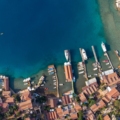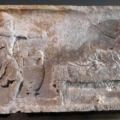Tucked away in the picturesque coastal region of Turkey’s Mediterranean shore, the ancient ruins of Soura stand as a testament to a civilization long past yet ever-present in the stunning archaeological remains that dot the landscape of Demre. Often overshadowed by the more famous attractions in the area, Soura offers travelers a unique glimpse into history without the crowds that characterize many of Turkey’s archaeological sites.
What Was Sura?
Soura (or Sura) was a Lycian religious center, most famous for its oracle of Apollo — one of the few such sites in Anatolia. According to ancient texts, priests would cast offerings into a sacred spring and interpret the movements of fish as signs from the divine.
Imagine it: a hillside sanctuary, echoing with prayers, where people sought answers about life, death, love, and war.
Today, the spring is still visible. Though the ceremonies are long gone, the peaceful energy of the place remains.
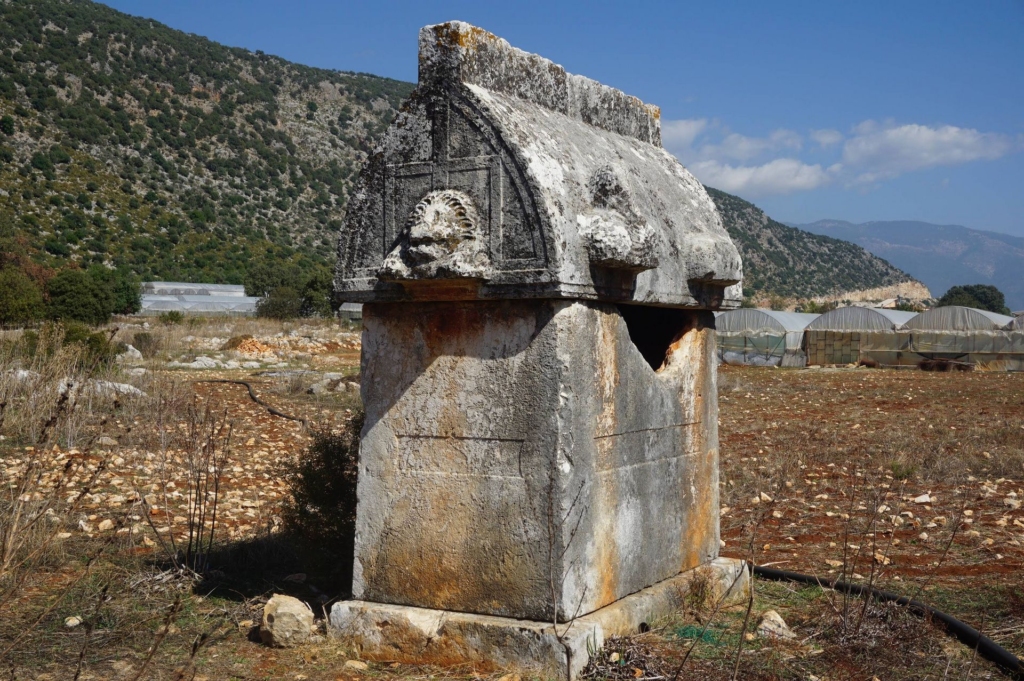
Where Is Soura?
Soura is located approximately 5 kilometers northeast of Demre town center in Antalya Province, Turkey. The ruins are dramatically positioned on a hillside that overlooks the brilliant blue waters of the Mediterranean Sea, creating a breathtaking backdrop for these historical remains. The natural setting enhances the mystical quality of this ancient site, with rugged cliffs and indigenous Mediterranean vegetation surrounding the stone structures.
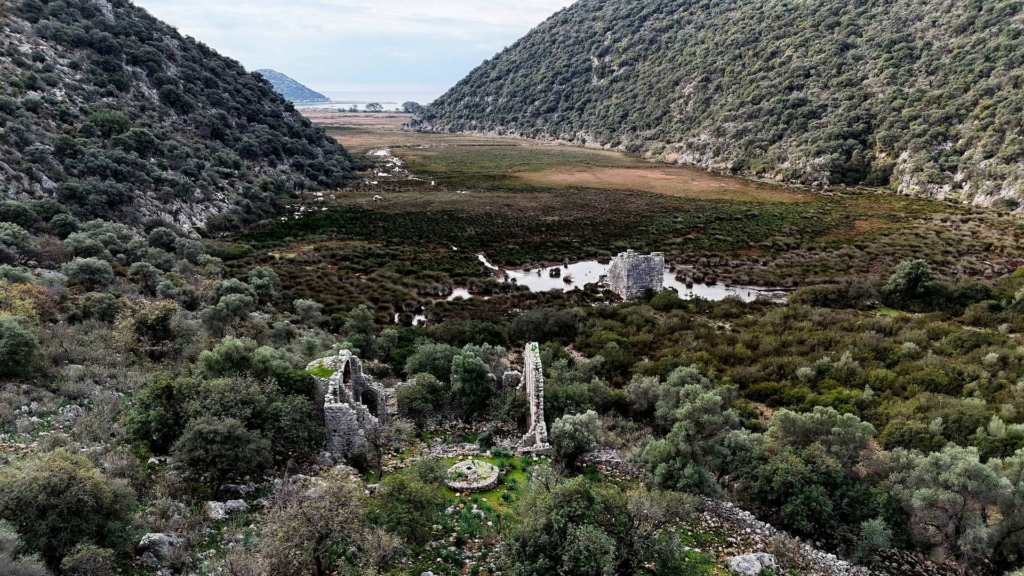
How to Get There
Reaching Soura requires a bit more effort than some of Demre’s more accessible attractions, which is partly why it remains a hidden gem:
- From Demre town, taxis can take you directly to the site entrance in about 15 minutes
- Rental cars or scooters provide the most flexibility for exploring at your own pace
- For the adventurous traveler, a marked hiking trail connects central Demre to the ruins (approximately 5 km of moderate hiking)
The final approach to the site involves a short walk on an unpaved path, so comfortable walking shoes are essential.
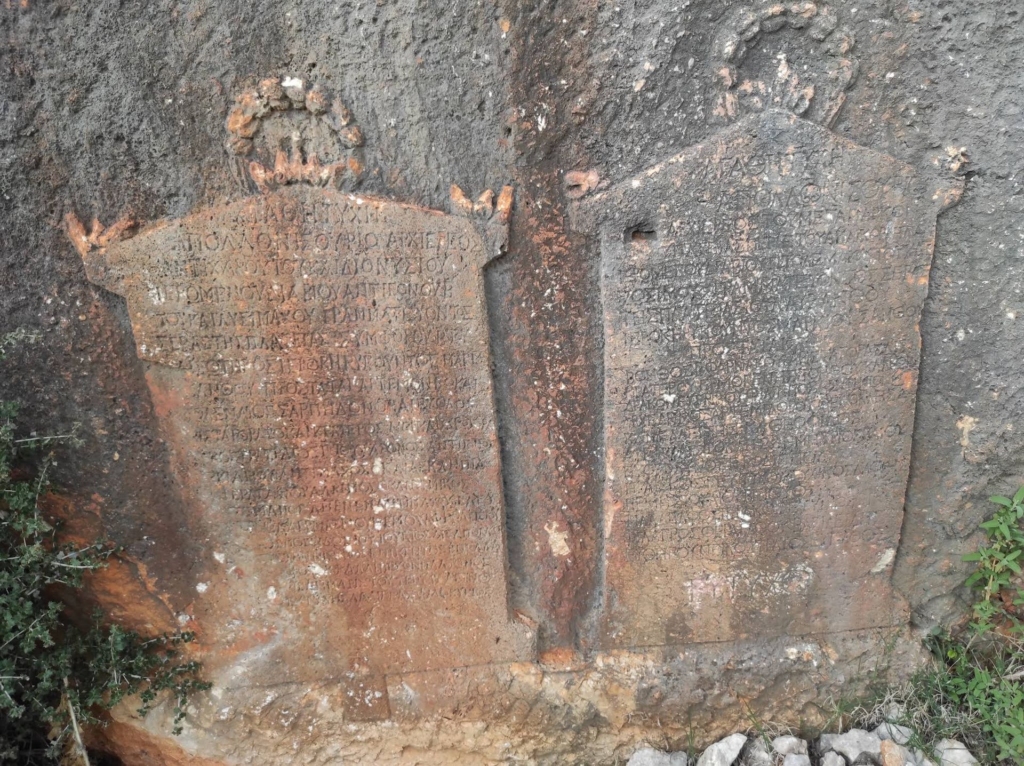
The Rich History of Soura
Soura’s origins date back to the 4th century BCE during the height of Lycian civilization. The settlement later flourished under Roman influence and continued to be inhabited well into the Byzantine period before gradually being abandoned around the 7th century CE.
Archaeological evidence suggests that Soura served multiple functions throughout its history—as a religious sanctuary, a strategic military outpost, and a trading post. The site is particularly renowned for hosting the “Oracle of the Fish,” a divination center where priests would interpret the movements of sacred fish in a natural spring to provide prophecies to those who made the pilgrimage here.
The name “Soura” itself derives from ancient Lycian language, roughly translating to “sacred water place,” highlighting the importance of the natural spring to the site’s religious significance.
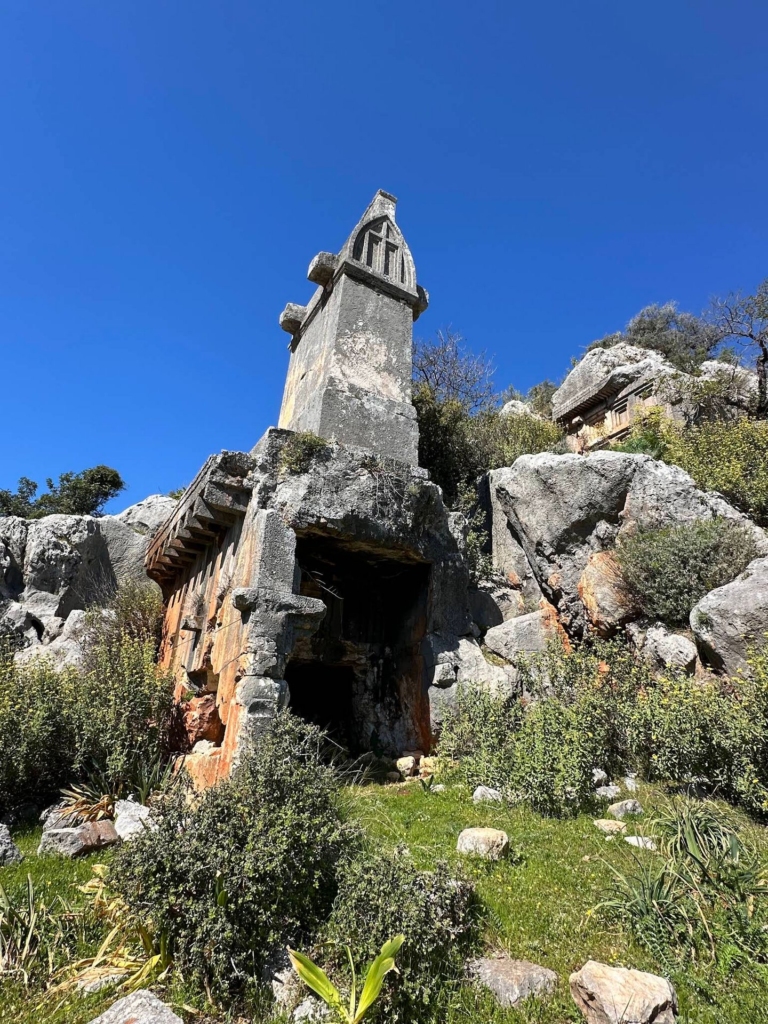
Why Soura Matters
Soura represents one of the best-preserved examples of Lycian-Roman religious complexes in the region. Unlike many ancient sites that were continuously built upon by successive civilizations, Soura was largely abandoned after the Byzantine period, leaving much of its original Lycian and Roman elements intact.
For archaeologists, the site provides valuable insights into ancient oracle practices, religious transitions from pagan to Christian worship, and Lycian architectural techniques. The relatively untouched nature of the ruins also offers researchers a clearer picture of daily life in an ancient Lycian settlement.
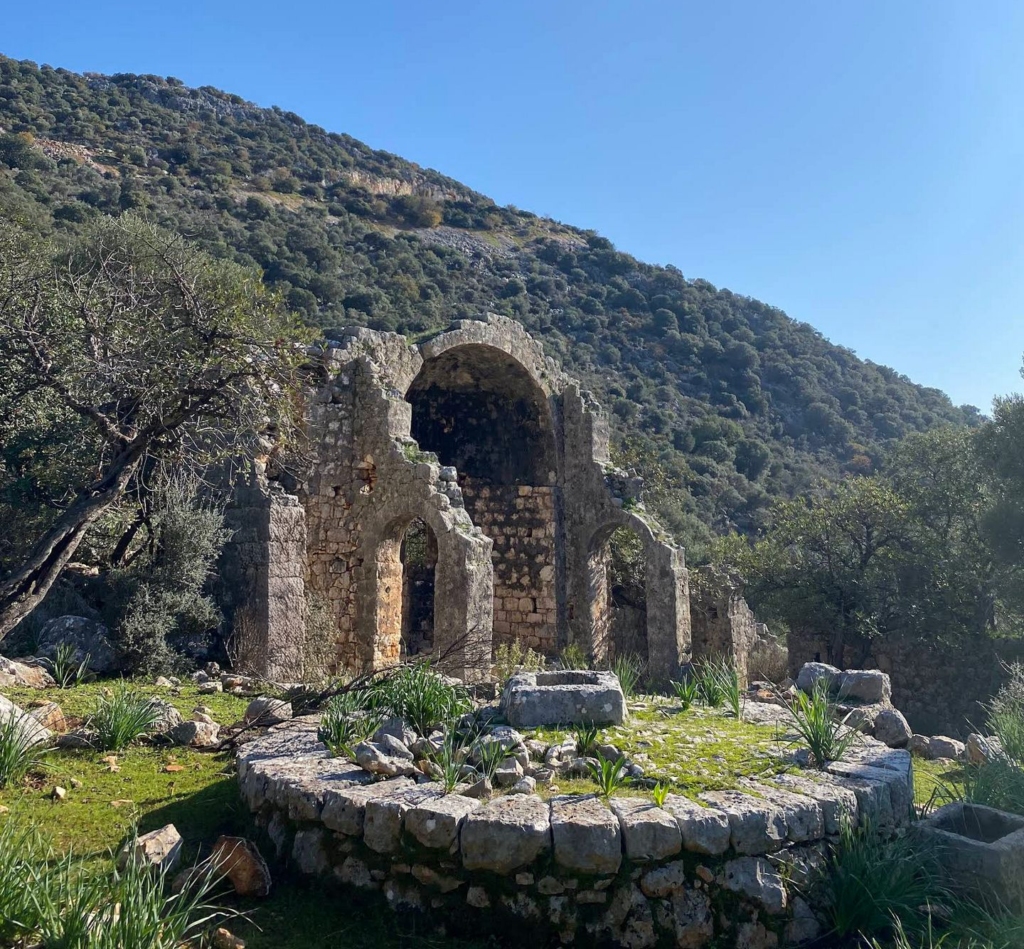
What to See at Soura
The Temple of Apollo
The centerpiece of the complex is a partially preserved temple dedicated to Apollo, the Greek god associated with prophecy and healing. Several columns remain standing, along with the temple’s foundation and scattered architectural elements that hint at its former grandeur.
The Sacred Oracle Pool
Perhaps the most intriguing feature is the natural spring that formed the basis of the oracle. The stone-lined pool, fed by underground waters, was once home to the sacred fish whose movements priests would interpret as divine messages. The pool is still filled with water for much of the year.
Lycian Rock Tombs
Carved directly into the limestone cliffs above the main settlement are several impressive Lycian rock tombs. These temple-facade tombs represent classic Lycian funerary architecture and offer some of the site’s most photogenic views.
Activities to Enjoy
Beyond simply admiring the ruins, Soura offers several activities for the engaged traveler:
- Nature and solitude: No guides, no fences, just you and the breeze through the pines.
- Photography opportunities abound, especially during the golden hours of early morning and late afternoon when the light brings out the warm tones of the ancient stones
- Birdwatching is excellent in the surrounding cliffs, home to several raptor species and migratory birds
- Sketching and painting the ruins has become popular among artistic visitors
- Swimming is possible in a small cove below the ruins (accessible via a somewhat steep path)
- Botanical enthusiasts will appreciate the diverse Mediterranean flora that has reclaimed parts of the site
Best Time to Visit
The ideal times to visit Soura are during spring (April to early June) and autumn (September to October). During these seasons, temperatures are pleasant, ranging from 20-28°C (68-82°F), and the surrounding landscape is either blooming with wildflowers (spring) or displaying rich amber hues (autumn).
Summer visits (July and August) are certainly possible but can be challenging due to temperatures that regularly exceed 35°C (95°F) and limited shade at the site. If summer is your only option, plan to arrive early in the morning or late afternoon.
Winter visits offer a different experience altogether, with dramatically fewer visitors and occasionally moody skies that create an atmospheric backdrop. However, be prepared for possible rain showers and cooler temperatures ranging from 10-18°C (50-64°F).
Practical Information for Visitors
- Time Needed: Most visitors spend 1-2 hours exploring the site
- What to Bring: Water, sun protection, comfortable walking shoes, camera, and a small snack if you plan an extended visit
- Accessibility: The site involves uneven terrain and some steep sections, making it challenging for those with mobility issues
- Combine your visit with a stop at Çayağzı Beach and Andriake
Why Travelers Love Soura
What makes Soura special is precisely what keeps it off the radar of mass tourism. Visitors consistently praise the peaceful atmosphere and the ability to explore ancient ruins without fighting through crowds. Many describe the experience as more authentic and immersive than at Turkey’s more famous archaeological sites.
The dramatic setting also earns frequent mention in traveler reviews. The combination of ancient stone ruins against the backdrop of the Mediterranean creates a visual contrast that many find deeply moving. As one recent visitor put it: “Standing among ruins that have witnessed two millennia of history while gazing out at the timeless sea creates a profound sense of connection with the past.”
Photography enthusiasts particularly appreciate Soura for its unspoiled views and the interplay of light on the ancient stones throughout the day.
For travelers seeking to venture beyond the standard tourist itinerary in Turkey, Soura represents everything that makes archaeological exploration rewarding—historical significance, natural beauty, and the thrill of discovering a place that feels like your own personal window into the ancient world.
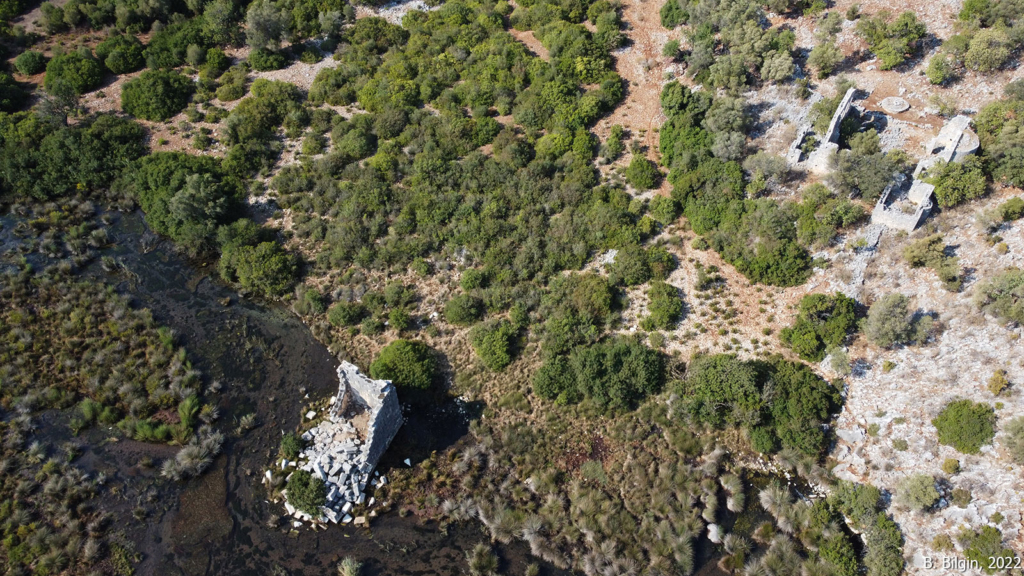
Final Thought
The Sura Oracle isn’t just a ruin — it’s a reminder of how deeply ancient people connected with nature, water, and the unknown. Standing here, it’s easy to believe that the gods might still be listening.
Whether you’re a history buff, a photographer in search of unique perspectives, or simply a curious traveler looking to escape the crowds, Soura offers a glimpse into Turkey’s ancient past that shouldn’t be missed during your visit to Demre.
If your travels bring you to Demre, take the quiet turnoff to Sura. Ask a question. You may not get a divine answer, but you’ll leave with something just as valuable: stillness, curiosity, and the feeling of discovering a story almost forgotten.
See you where the river bends,
Deniz

